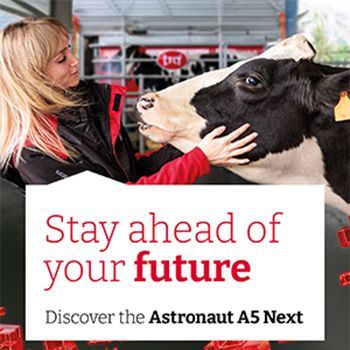Saudi Food Show 2025: First Impressions and the Potential of the Saudi Arabian Market

The city welcomed me with a friendly, albeit linguistically closed, environment. English is rarely used in everyday life — even taxi drivers openly admit they don’t speak it. Most signage, advertising banners, and even street signs are exclusively in Arabic. Only at the airport are signs in English — and, surprisingly, Chinese — perhaps a reflection of the country’s growing interest in Asian markets.
Despite all cultural differences, I felt comfortable. There were no barriers in business communication — as a woman, I was able to interact freely with local businessmen and felt respected and welcomed professionally. This reinforces the sense that the country is undergoing a real transformation and opening up on many levels. Saudi Arabia is changing — and this is not a superficial shift toward “openness,” but a deep, deliberate transformation where tradition coexists with progress.
What struck me most was the genuine sense of national pride. Many locals — including non-Saudi residents — enthusiastically shared stories about the country's development and ambitions. Whenever comparisons with the UAE came up, they eagerly emphasized how Riyadh rivals, or even surpasses, Dubai in many ways. It didn’t come across as boastful, but rather as a reflection of the broader atmosphere, where people truly believe in the success of their country. This may well be the embodiment of “soft power” — a government strategy that cultivates a sense of belonging and confidence in the future.
As expected, the dairy sector is led by Almarai — a brand omnipresent across the country. Nadec and Saudia also have a strong presence and enjoy consumer trust. Interestingly, organic producers noted that demand for healthy food in the Kingdom is steadily growing. Consumers are becoming more attentive to ingredients, product quality, and alternative options.
That said, my own attempts to find genuinely healthy meals in the city weren’t very successful. Over three days, I couldn’t find a single restaurant offering something as simple as soup or a balanced dish. Most food establishments are fast food chains, and dining spots are concentrated in specific areas — not as ubiquitous as in Dubai or Almaty. When I mentioned this to locals, they smiled and insisted that Riyadh has plenty of healthy food — an interesting cultural insight in itself: there’s a clear effort to protect the country’s image, even in casual conversation.
The exhibition left a strong impression. Saudi Food Show is not just a local event — it is a gateway into a market that is confidently integrating into the global business landscape. Company representatives are eager for partnerships, thinking about growth, global trends, and how to adapt their products and brands for diverse audiences. For us, as a specialized media platform, this presents an excellent opportunity to serve as a bridge between this market and the outside world.
In conclusion: Saudi Arabia is a market of the future — but one with its own clear rules. This is not a place where generic approaches will work. Success here requires flexibility, respect for the local context, and ideally, at least a basic understanding of Arabic. In return, you gain access to a market with immense potential, high engagement, and a sincere interest in collaboration. And that, in itself, is already a great deal.













